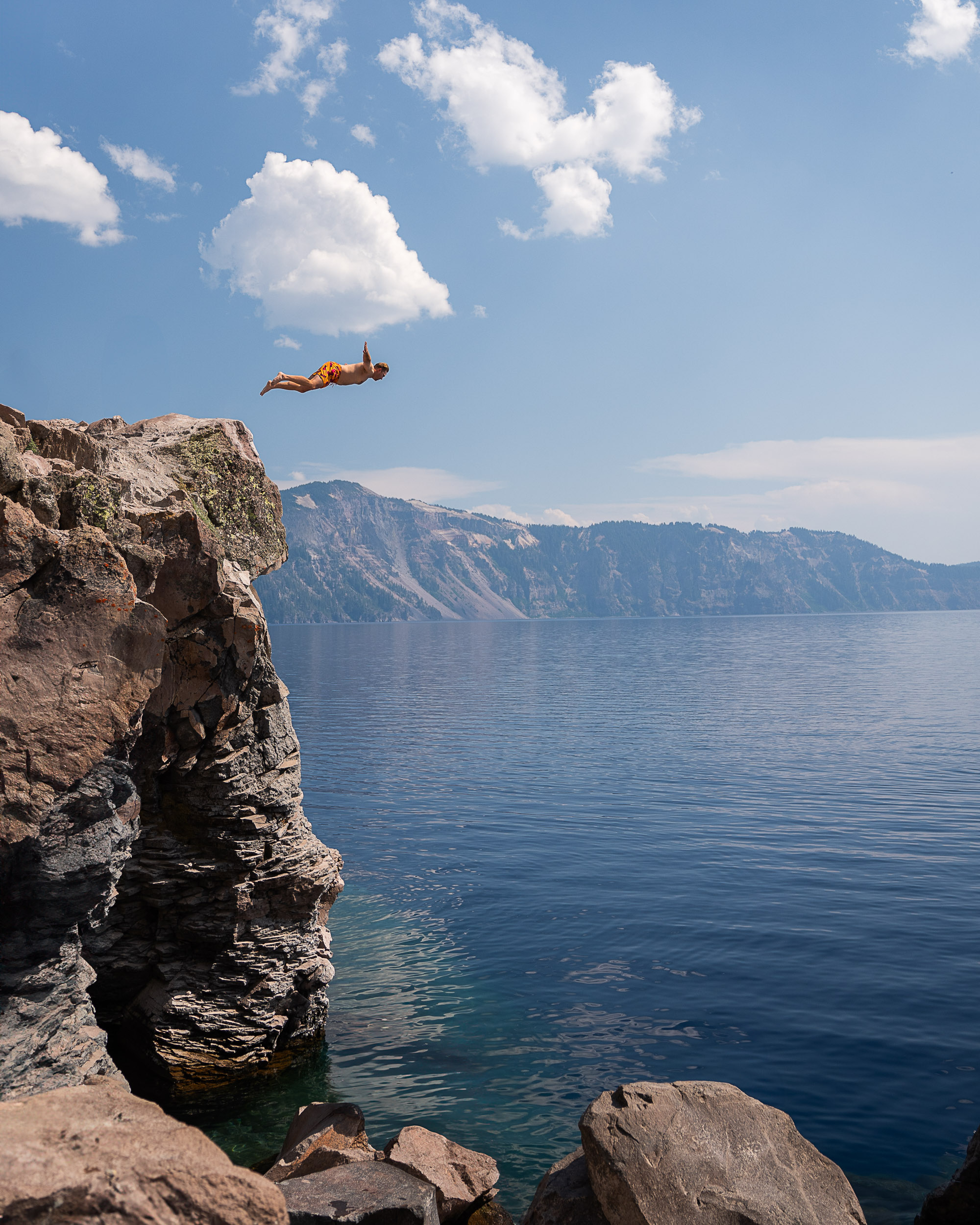
Crater Lake, known for its crystal-clear waters and striking landscapes, is a place that left a lasting impression on me during my time living nearby. As a former local, I would come here as often as possible to enjoy swimming, hiking, and immersing myself in the unique beauty of this national park. Now, I’m here to help you plan your own unforgettable day at Crater Lake—highlighting the area where you are allowed to swim and offering tips to make the most of your visit.
Crater Lake Overview: Facts, History, and What Makes It Unique
Crater Lake is Oregon’s only National Park, and it holds the title of America’s deepest lake, reaching a depth of 1,949 feet. The lake was formed by the collapse of an ancient volcano, and its waters are so clear that, on a good day, you can see down to depths of up to 100 feet. It’s as stunning as it sounds, and there’s no better place to beat the summer heat than this incredibly scenic spot.
But before you dive in, there are a few important things you need to know to make the most out of your visit…
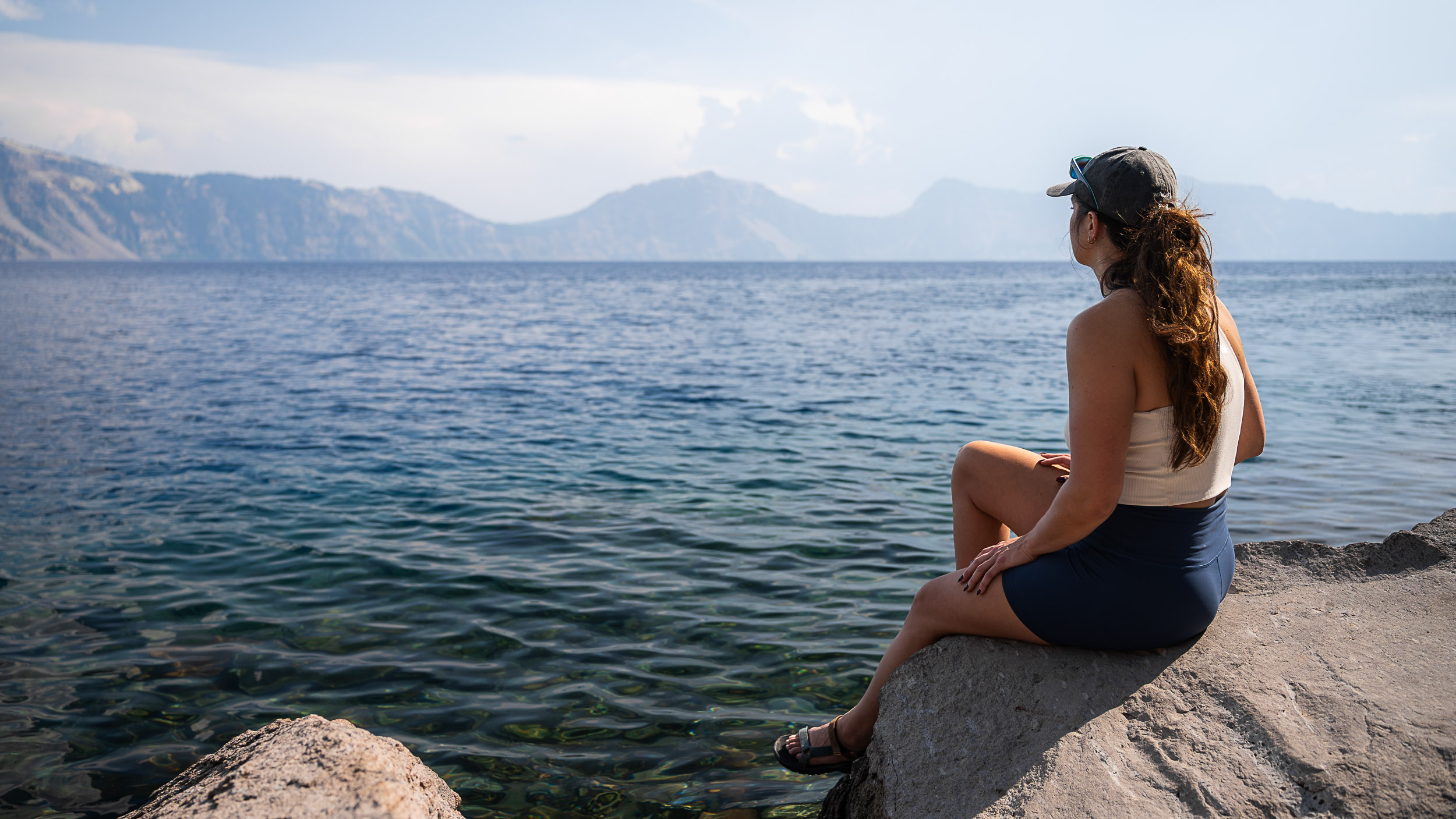
Cleetwood Cove Trail: Official Access to Crater Lake for Swimming and Hiking
The Cleetwood Cove Trail is the only official trail that provides access to Crater Lake for swimming and other activities. It’s typically open from mid-June to mid-October, depending on snow and weather conditions. Outside of this time frame, the trail is closed due to snow and ice, so be sure to check the Crater Lake National Park website or call ahead to confirm its status before you visit.
This 1.1-mile (one-way) trail features a series of switchbacks and some steep sections that can make the hike more challenging than you might expect. It’s especially important to take your time, particularly if you’re not used to higher elevations. And remember, Cleetwood Cove Trail is the only legal access to the lake—other areas are off-limits.
Cleetwood Cove Trail Details:
- Distance: 1.1 miles (one-way)
- Difficulty: Moderate (switchbacks, steep stretches)
- Trail Name: Cleetwood Cove Trail
Crater Lake Admission Fees, Parking Tips, and What to Expect
For entry into Crater Lake National Park, you’ll need a day pass ($30 per vehicle, valid for seven days) or an Annual National Parks Pass ($80 for all U.S. National Parks). Parking near the Cleetwood Cove Trailhead can fill up quickly, especially during peak summer months, so arriving early gives you the best chance to find a spot. If the Cleetwood Cove parking lot is full, there are alternative parking areas nearby, though they might require a bit more walking.
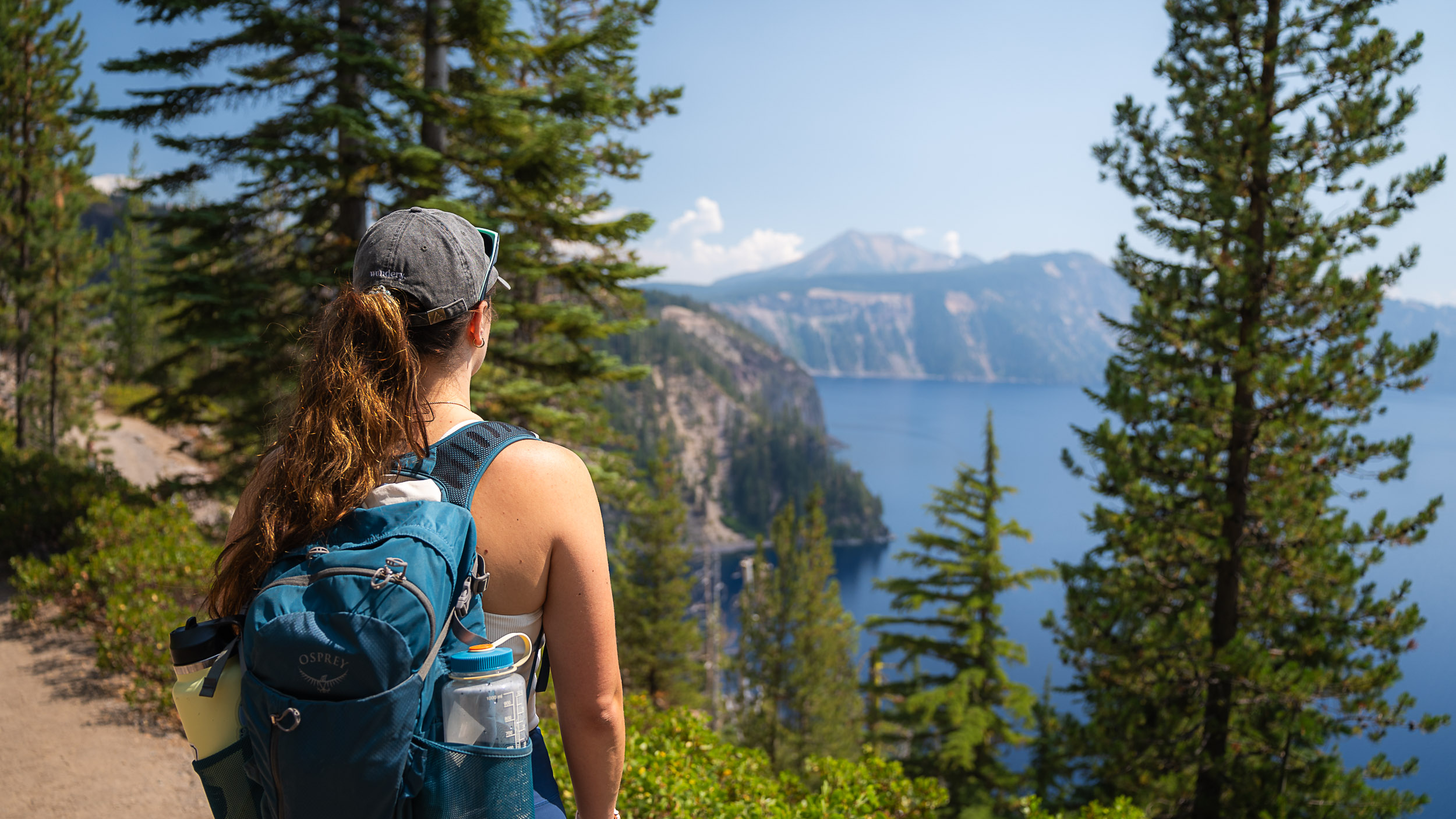
Important Things to Know Before You Go
Before you start your adventure, there are a few important things to keep in mind:
- Hydration & Sunscreen: The high elevation means the sun can be intense, so don’t skimp on sunscreen. You might not feel it as much, but the UV rays are still strong. Also, be sure to stay hydrated—bring a water bladder or several bottles to keep up with the hike and swim.
- Wildlife: Keep an eye out for the park’s ground squirrels. These furry critters are incredibly friendly (and very curious), so be sure to store your snacks properly. It’s tempting to want to feed them, but please resist—feeding wildlife can harm the animals in the long run. When they become reliant on human food, it can affect their health and behavior.
- Trail Safety: While the Cleetwood Cove Trail is well-maintained and wide, steep drop-offs are a concern. If you’re hiking with kids, keep a close eye on them to avoid any accidents.
- Cold Water: Let me be clear about one thing—the water is freezing! The water temperature typically ranges from 38°F to 50°F, even during the summer months. It’s incredibly refreshing on a hot day, but it’s definitely cold enough to take your breath away when you first jump in.
- No Drinking the Water: You might be shocked to hear this, but despite how pristine Crater Lake looks, it’s not safe to drink. The lake’s isolated ecosystem, while beautiful, can actually harbor harmful microorganisms like giardia or cryptosporidium—not something you want to risk.
Things to Do Once You Get to the Water
Once you’ve completed the hike and reached the water, there are plenty of activities you can enjoy:
- Lounging on the Rocks: The rocks around the lake can get quite warm in the summer, so be sure to bring a towel to lounge on.
- Swimming: The lake is incredibly clear, so you can see dozens of feet down into the water. Just be careful near the drop-offs; the lake gets deep very quickly.
- Jump Off Rock: If you’re feeling brave, there’s a spot known as Jump Off Rock where people leap into the water. I did this twice, and yes, it was terrifying, but totally worth it. I wouldn’t recommend it for everyone, so do this at your own risk.
- Boats and the Island: Crater Lake offers boat tours that take you out onto the lake and to Wizard Island, a small volcanic island in the center of the lake. These tours combine a scenic cruise around Crater Lake with the opportunity to explore Wizard Island itself. You can hike to the island’s summit, swim in Crater Lake, or even fish—with plenty of time to enjoy the island’s unique beauty.
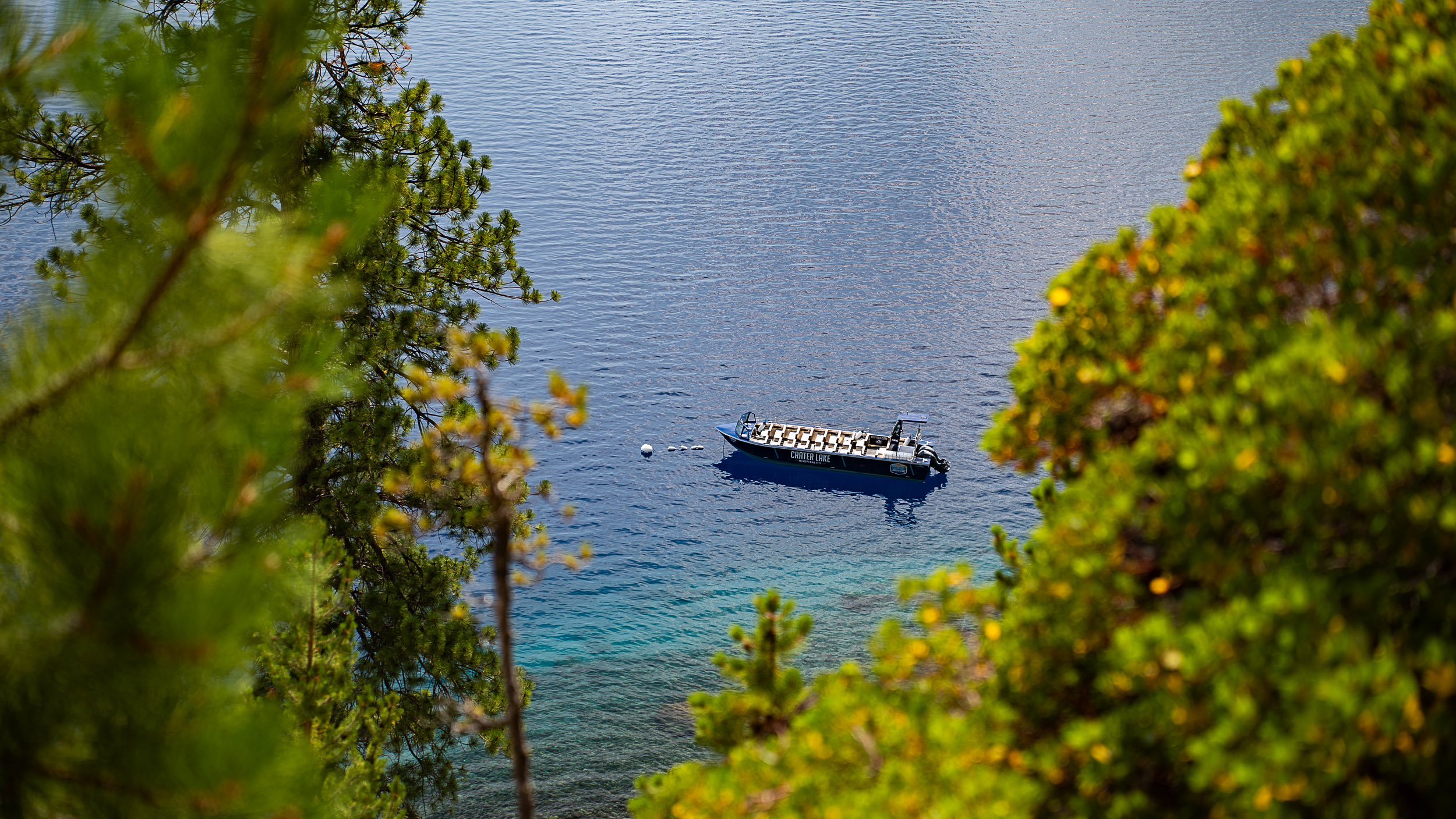
Must-Have Packing List for Crater Lake
- Towel – I’ve been using my Nomadix Nano Towel for years. It’s highly absorbent, and my favorite feature is how compact it becomes when folded, making it perfect for travel.
- Comfortable clothing for hiking – Look for dry-wicking, breathable fabrics that will keep you cool and dry during the hike. Aim for lightweight and comfortable gear that allows you to move freely for extended periods of time. Stretchy, moisture-wicking shirts, long sleeves for sun protection, and lightweight pants or shorts work well. You’ll also want something that can handle a variety of conditions, as weather can change quickly in the mountains. For men, hybrid swim shorts (which double as hiking gear and swimwear) are a good option.
- Hiking shoes – For the trail, look for comfortable, sturdy, and supportive shoes with good tread for traction on rocky or uneven terrain. Danner and Keen are two brands I recommend for their durability and comfort.
- Bathing suit – Wear your bathing suit under your clothes for easy access when you hit the water. There are vault toilets at the bottom for changing, but you might prefer to skip the lines and hygiene concerns. Consider hybrid swim gear that works for both hiking and swimming.
- Lightweight slip-on shoes for after the swim – After swimming, you’ll want comfortable slip-ons. Chaco, Teva, or Crocs are all solid options for easy on and off, making them perfect for walking back to the trailhead without the need to switch shoes multiple times.
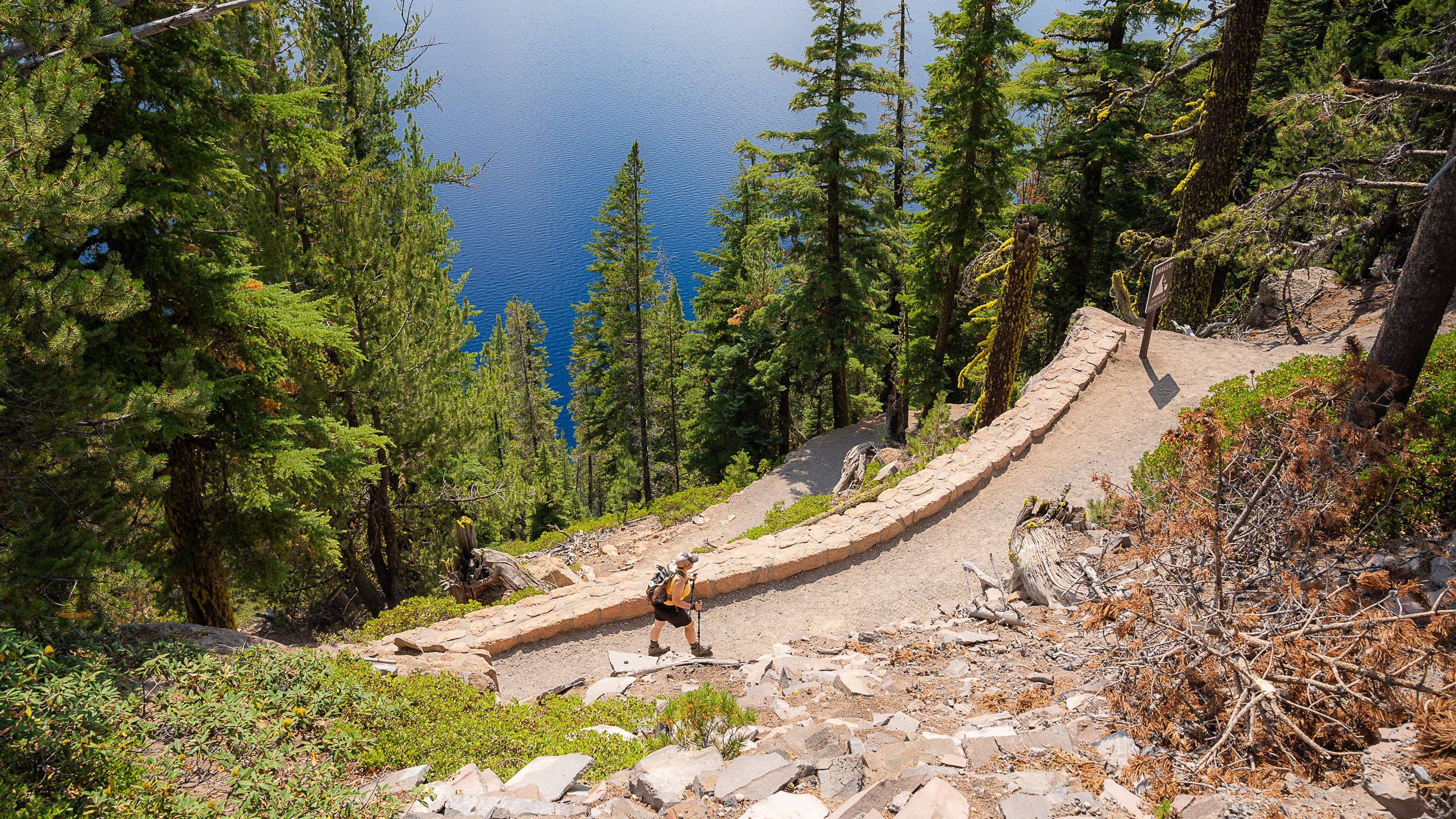
- Sunglasses – The sun can be intense at high altitudes, so protect your eyes. Knockaround or Goodr sunglasses—both are affordable, durable, and ideal for outdoor adventures.
- Hat and Sunscreen – A hat is essential for sun protection. I always pack my Patagonia hat for its quality and comfort. Pair it with a broad-spectrum sunscreen (SPF 30+), and be sure to reapply regularly—especially at higher elevations, where UV rays are stronger.
- Plenty of Water – For your hike, choose something lightweight and portable, like a Nalgene bottle or a water bladder. I typically avoid heavy stainless steel bottles to keep my pack lighter and more comfortable.
- Lunch and Snacks – Keep your energy up with easy-to-pack, nutrient-dense snacks. I recommend bringing Clif Bars, trail mix, beef jerky, dried fruit (or fruit snacks), granola or protein bars, and energy chews or electrolyte tablets (great for hydration). These options are light, portable, and perfect for keeping you fueled throughout the day.
- First-Aid Kit & Chapstick – Working in healthcare, I know how quickly accidents can happen. For a hike, I recommend band-aids, antiseptic wipes, blister care, and any personal meds. Also, don’t skip chapstick—it’s key for protecting your lips from sun exposure.
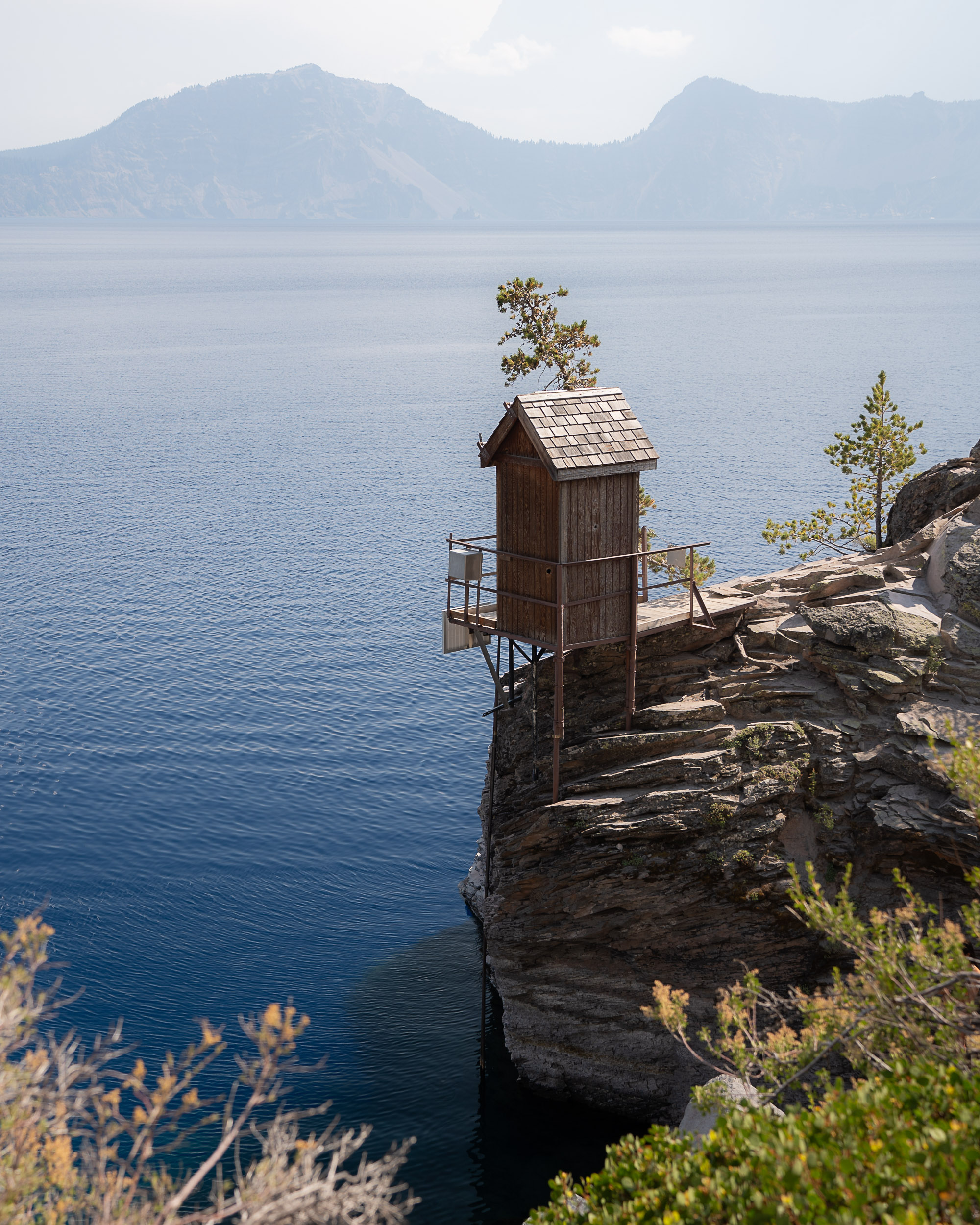
Where to Stay Near Crater Lake
1. Crater Lake Lodge (Inside the Park)
For a historic and unique experience, consider staying at Crater Lake Lodge, located right on the rim of the lake. Originally built in 1915, this lodge has hosted notable guests like Theodore Roosevelt and President Franklin D. Roosevelt. The rustic charm of the lodge blends beautifully with its modern amenities, offering an unforgettable stay at the heart of the park.
- Pros: Stunning views, historic charm, great location right on the lake
- Cons: Books up quickly (sometimes months in advance), can be expensive, especially during peak summer months
2. Camping Inside and Near the Park
If you love the outdoors and want to be close to nature, camping is a fantastic option. Crater Lake National Park offers Mazama Campground, located just outside the park’s entrance. It’s open seasonally from June to October and is first-come, first-served, so be sure to check availability before heading out.
- Mazama Campground: Great for those who want to camp close to the lake.
For more camping options, here are a few campgrounds outside the park:
- Diamond Lake Campground (30 minutes away): Situated next to Diamond Lake, this peaceful campground offers beautiful scenery and a relaxing environment.
- Fort Klamath Campground (20 minutes south): A great base for exploring both Crater Lake and the surrounding area.
3. Lodging at Union Creek (40 Minutes Away)
If I had known about it at the time, I definitely would have stayed at Union Creek, just 40 minutes from Crater Lake. This quiet, charming location is right beside Beckie’s Café, my number one recommended place to eat. It offers a peaceful, rustic setting, ideal for nature lovers who want to be close to the park without the hustle and bustle.
- Pros: Quiet, close to Beckie’s Café, great for outdoor lovers
- Cons: A bit farther from Crater Lake than other options
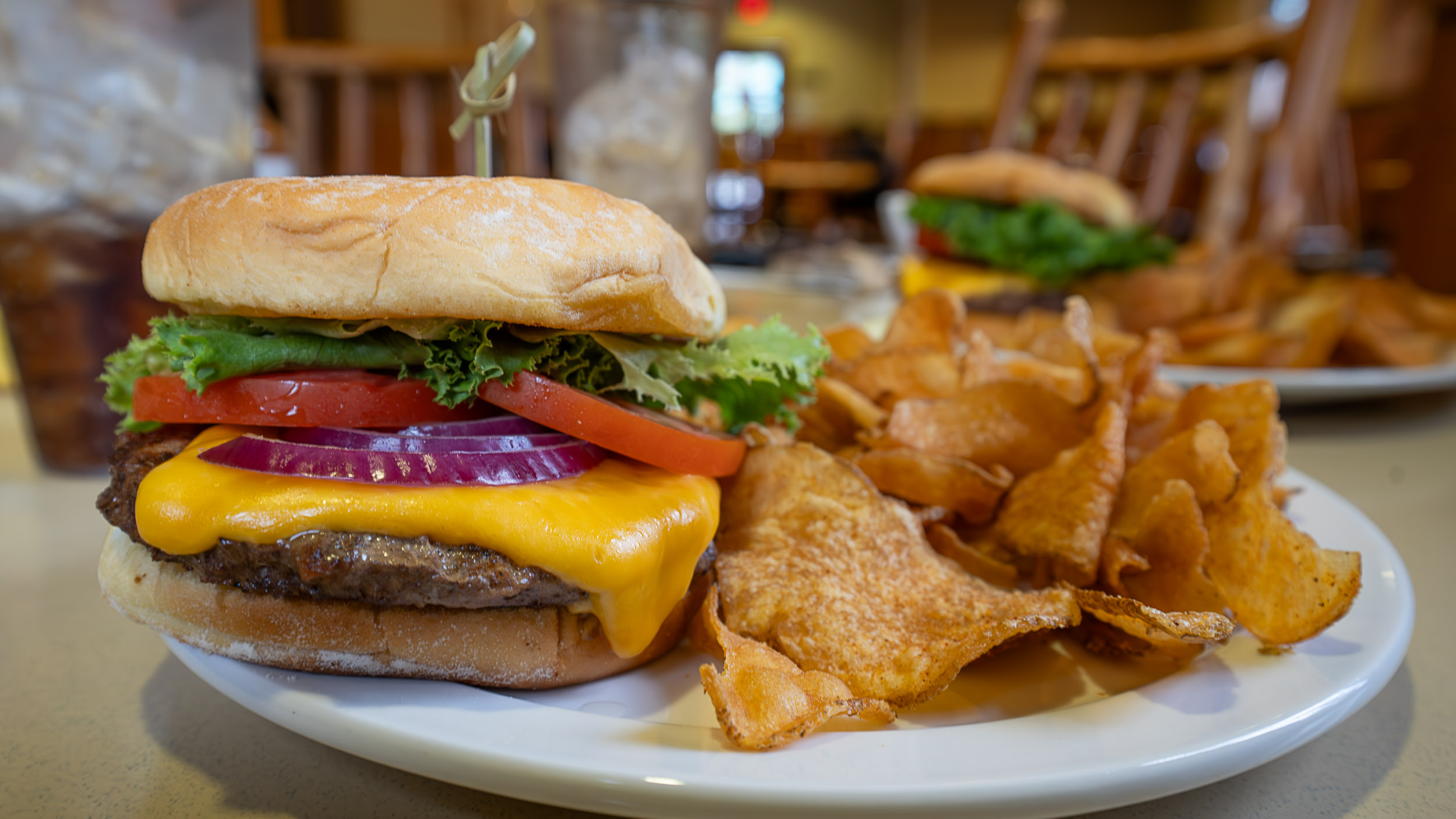
Where to Eat Near Crater Lake
After a day of hiking and exploring Crater Lake, you’ll definitely want to refuel. Here are some nearby spots that will hit the spot:
1. Beckie’s Café (about 15 minutes from the park)
Highly recommended! Beckie’s Café is a must-visit after your adventure at Crater Lake. This place is famous for its legendary burgers and homemade pies—I’m still dreaming about the burger I had. They serve hearty comfort food that’s perfect for hungry hikers, and their breakfast menu is equally impressive. Whether you’re stopping in for lunch or a morning bite, you can’t go wrong here. Be sure to try their famous pies; they’re a crowd favorite and definitely worth saving room for.
2. Crater Lake Lodge Dining Room
If you’re staying at or near Crater Lake Lodge, this dining room is an excellent option. The atmosphere is cozy, with stunning views of the lake, making it a perfect spot to wind down after a day in the park. They offer a variety of classic American fare, including steak, seafood, and hearty breakfast options. The lodge is popular, so reservations are highly recommended, especially during peak seasons. It’s a great way to enjoy a meal while soaking in the view, right by the lake.
Quick Stops for Supplies
If you need to grab some snacks, water, or camping gear, Klamath Falls (about 1 hour from the park) has a Fred Meyerand Safeway. You can also pick up last-minute supplies at the Chevron gas station along Highway 97 in Chiloquin.
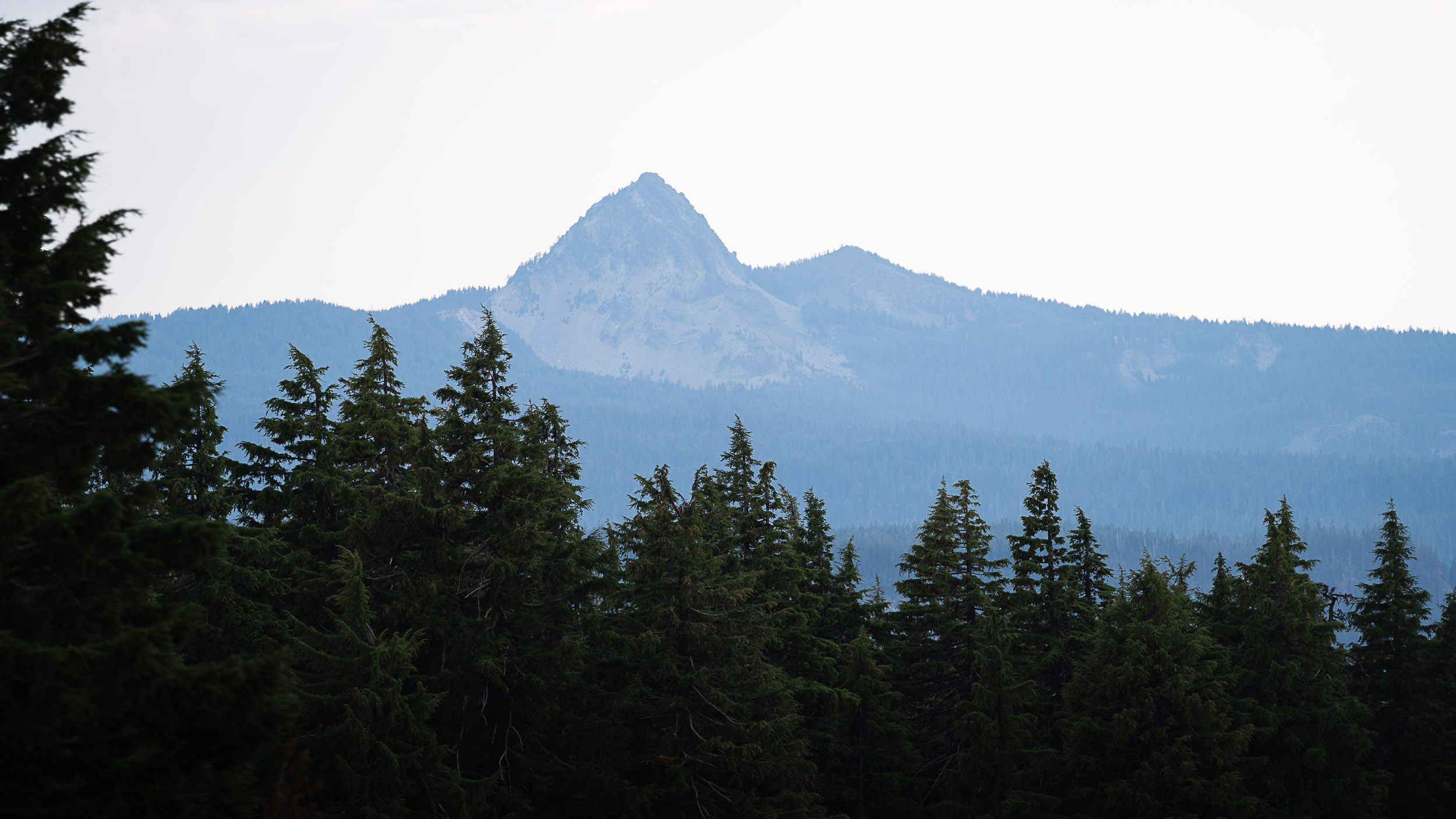
How to Get to Crater Lake
Crater Lake is accessible by both car and air. Here’s how to get there depending on your mode of travel:
By Car:
- From Klamath Falls – 1 hour
- From Medford – 1.5 hours
- From Grants Pass – 1.5 hours
Flying In:
The nearest major airport is Rogue Valley International-Medford Airport (MFR), about 1.5 hours from the park. This airport offers flights from several major airlines and is the most convenient option if you’re flying in.
Alternatively, you can fly into Klamath Falls Airport, which is about 1 hour from Crater Lake.
Once you land, renting a car is necessary to get around. Enterprise is available at both airports, though there are also other options like Hertz and Avis. Be sure to book your rental in advance, especially during the busy summer months.
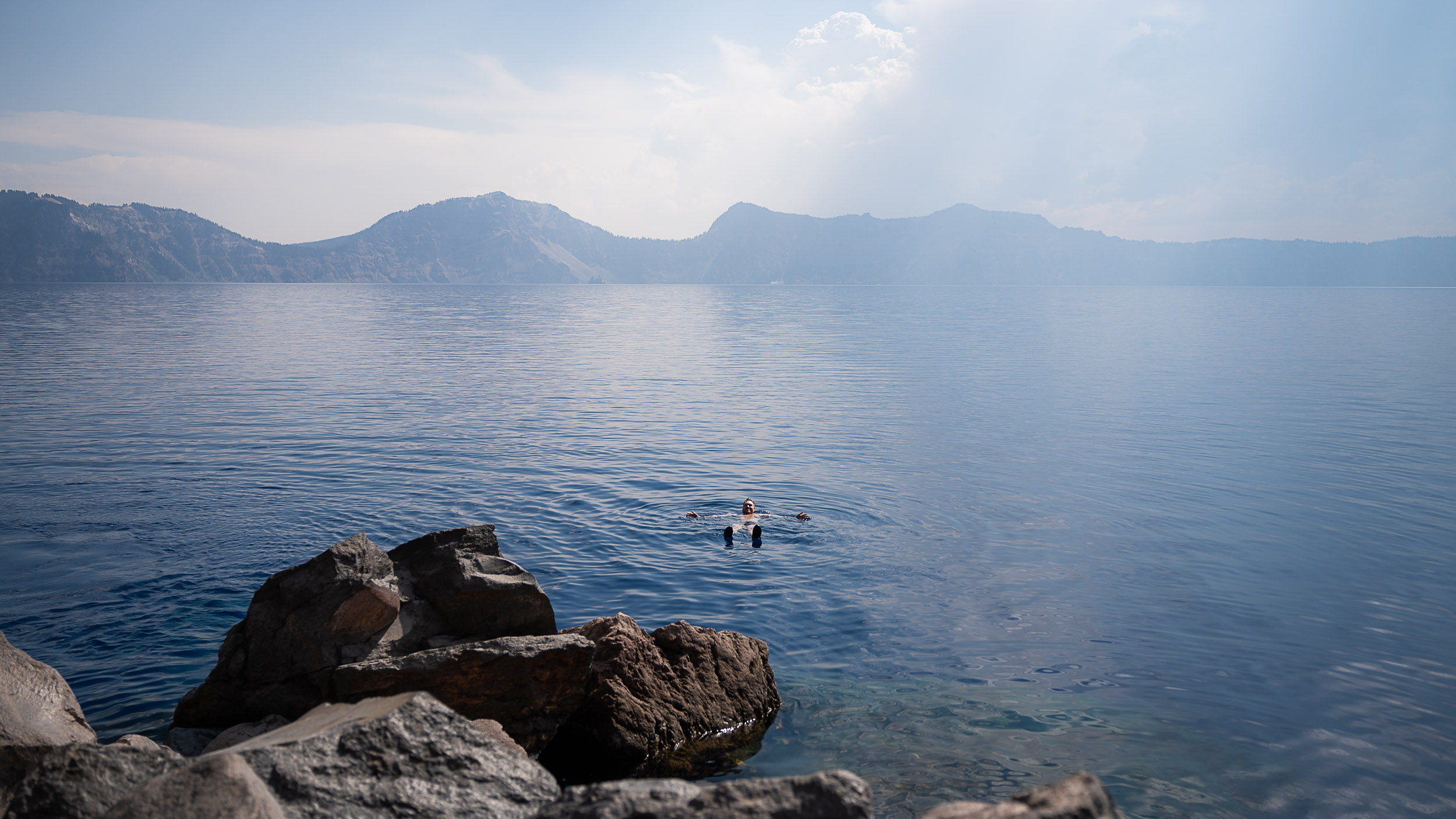
Swimming in Crater Lake is a bucket-list adventure, and I hope this guide has helped you prepare for an amazing day at one of the most beautiful natural spots in Oregon. Just remember to follow the rules, pack wisely, and respect the environment.
And if you find yourself wanting to explore more of Oregon, I highly recommend the Trail of Ten Falls—it’s one of my all-time favorite hikes. Trust me, you won’t want to miss it.
Safe travels, and happy swimming!
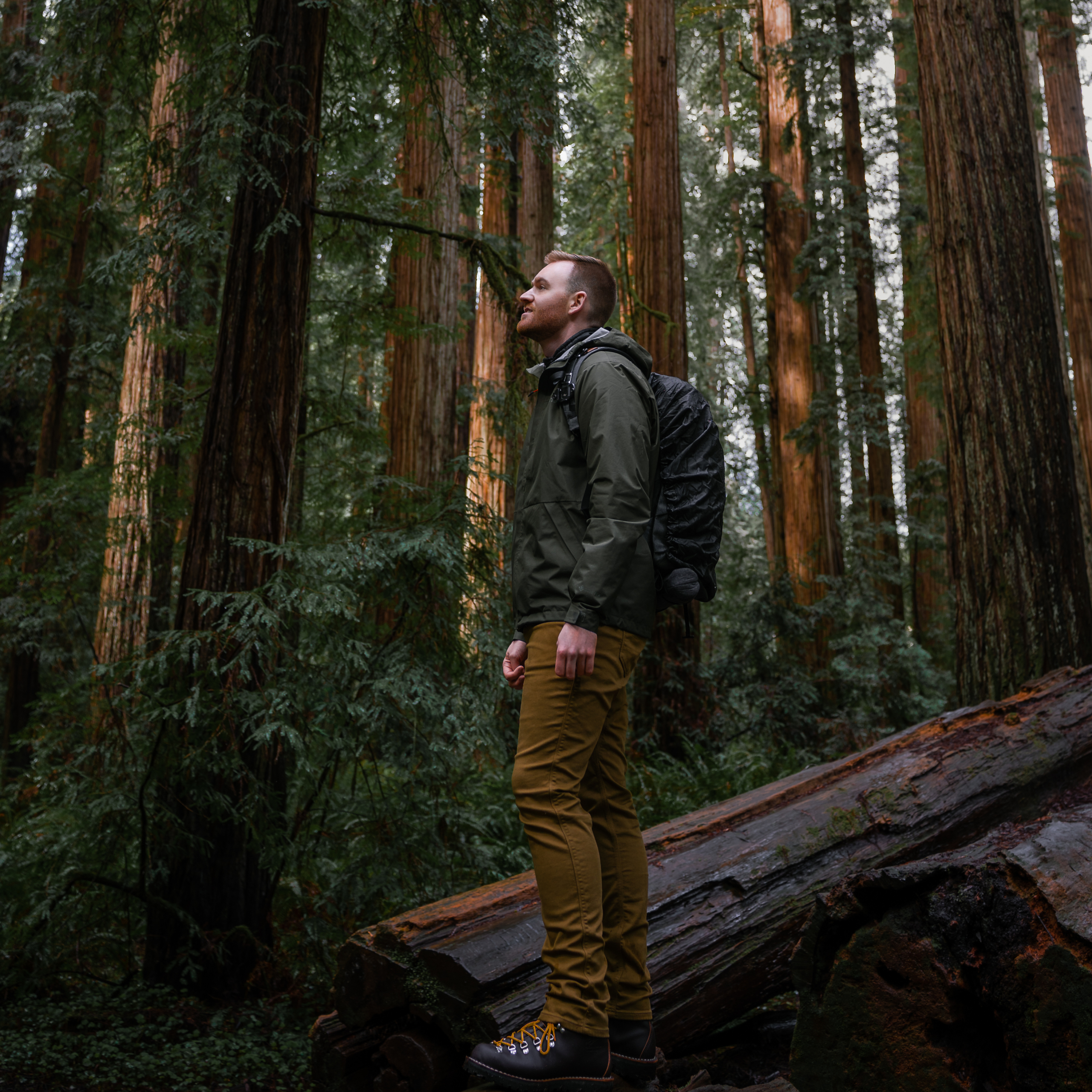

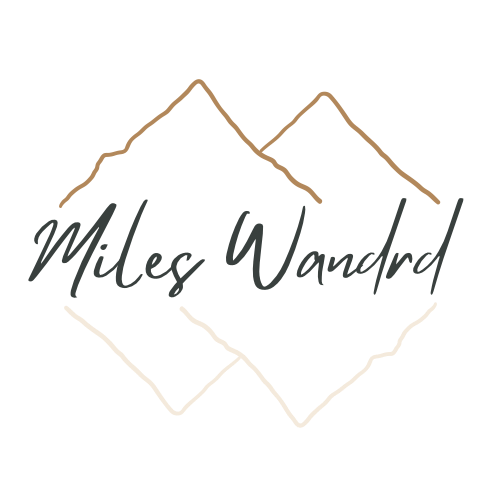

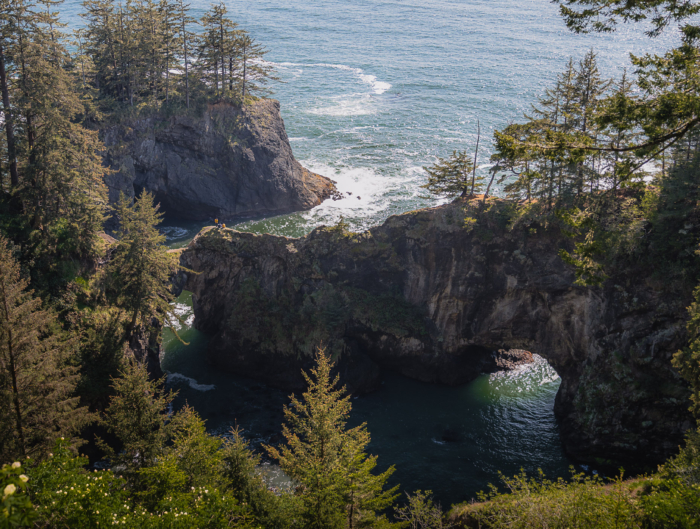
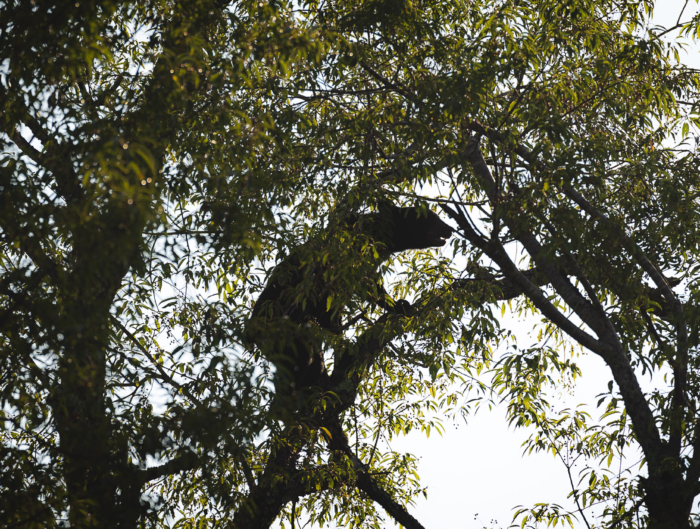
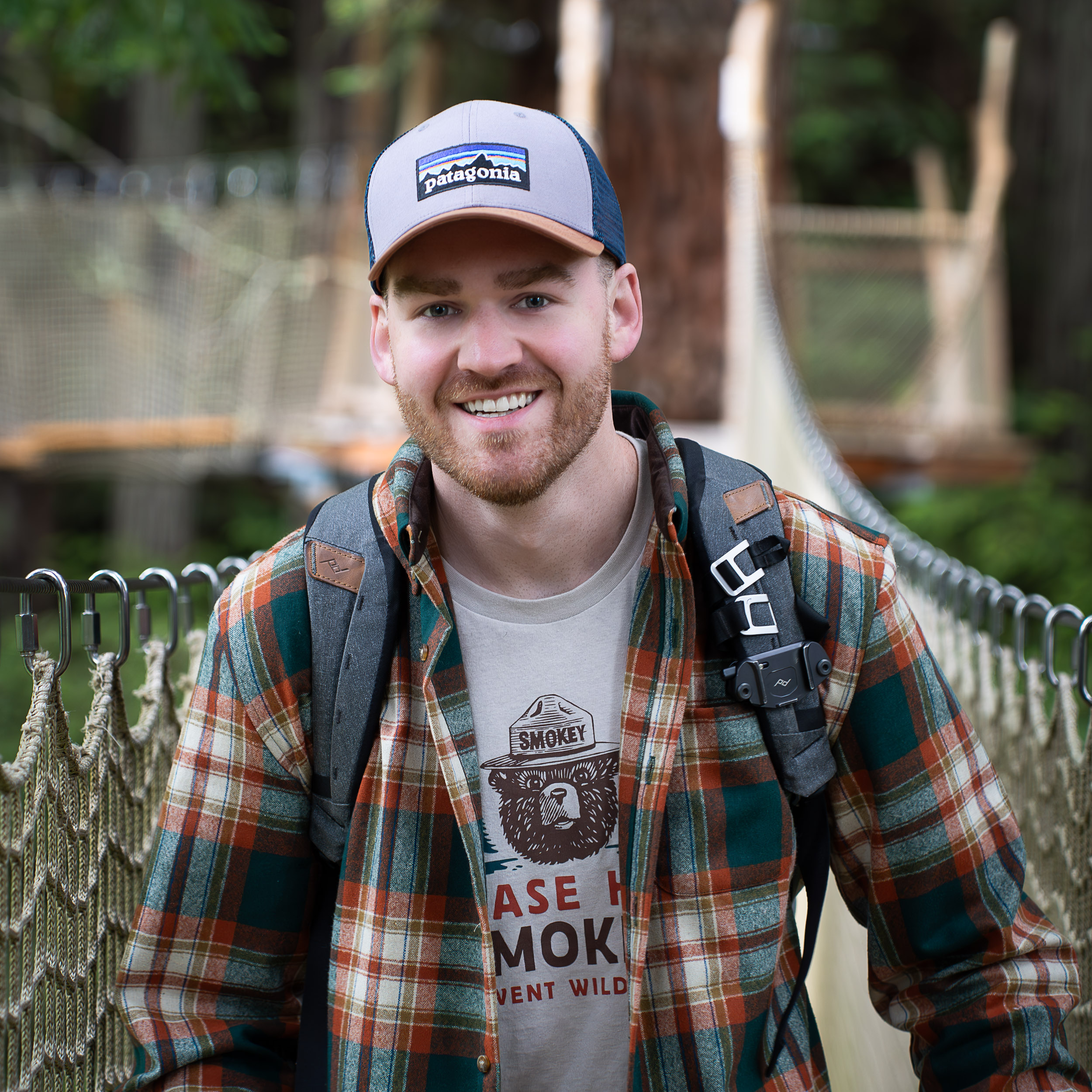
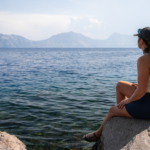
Leave A Reply
[…] taking a dip in this icy blue water is on your bucket list, I’ve put together a separate blog, Crater Lake National Park: Swimming, Water Access, and What to Expect, which breaks down everything you need to know about swimming in Crater Lake, including how to get […]